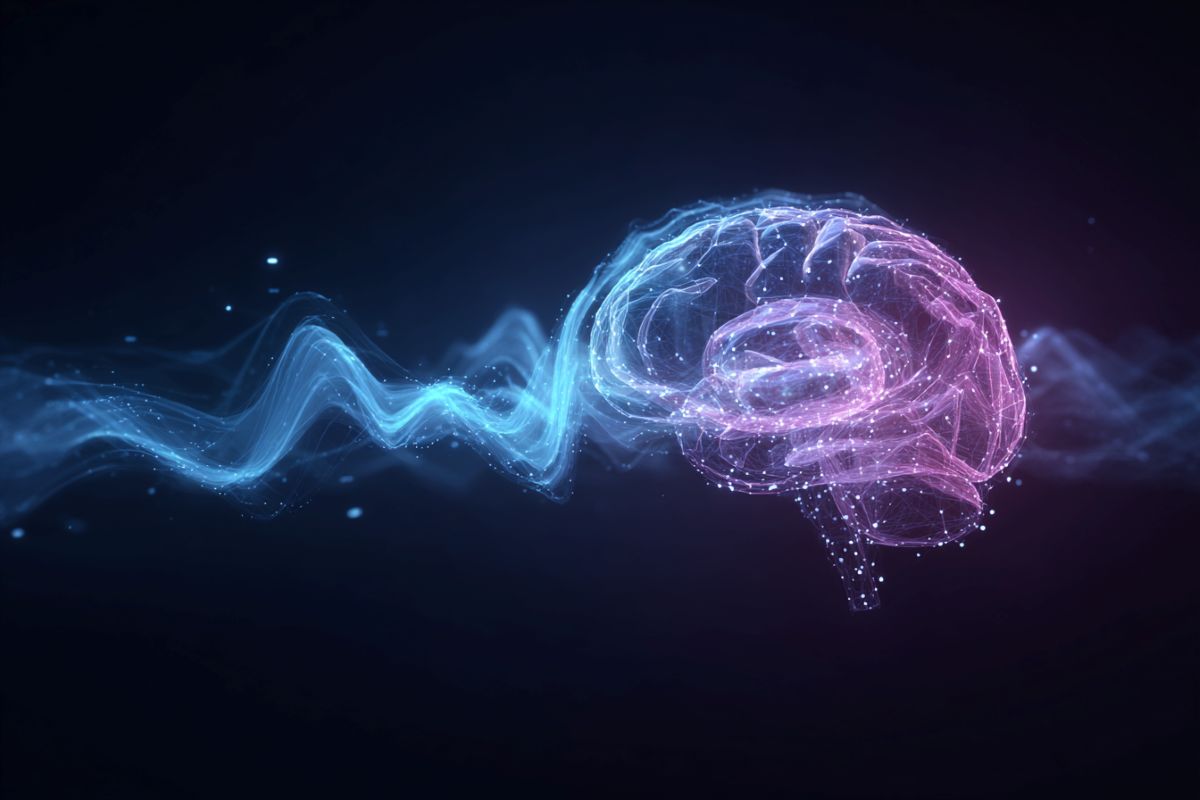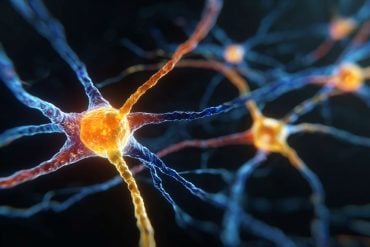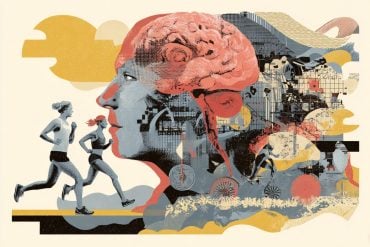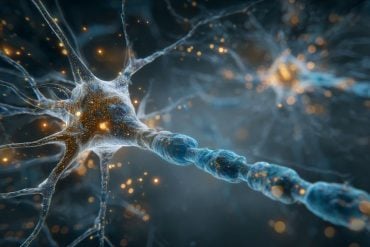Summary: A new AI framework can detect neurological disorders by analyzing speech with over 90% accuracy. The model, called CTCAIT, captures subtle patterns in voice that may indicate early symptoms of diseases like Parkinson’s, Huntington’s, and Wilson disease.
Unlike traditional methods, it integrates multi-scale temporal features and attention mechanisms, making it both highly accurate and interpretable. The findings highlight speech as a promising tool for non-invasive, accessible early diagnosis and monitoring of neurological conditions.
Key Facts
- High Accuracy: 92.06% accuracy in Mandarin, 87.73% in English datasets.
- Non-Invasive Biomarker: Speech abnormalities can reveal early neurodegenerative changes.
- Broad Potential: Could be used for screening and monitoring across multiple neurological diseases.
Source: Chinese Academy of Science
Recently, the research team led by Prof. LI Hai at the Institute of Health and Medical Technology, the Hefei Institutes of Physical Science of the Chinese Academy of Sciences, has developed a novel deep learning framework that significantly improves the accuracy and interpretability of detecting neurological disorders through speech.
“A slight change in the way we speak might be more than just a slip of the tongue—it could be a warning sign from the brain,” said Prof. LI Hai, who led the team, “Our new model can detect early symptoms of neurological diseases like Parkinson’ s, Huntington’ s, and Wilson disease—by analyzing voice recordings.”

The study was recently published in Neurocomputing.
Dysarthria is a common early symptom of various neurological disorders. Given that these speech abnormalities often reflect underlying neurodegenerative processes, voice signals have emerged as promising non-invasive biomarkers for early screening and continuous monitoring of such conditions. Automated speech analysis offers high efficiency, low cost, and non-invasiveness.
However, current mainstream methods often suffer from over-reliance on handcrafted features, limited capacity to model temporal-variable interactions, and poor interpretability.
To address these challenges, the team proposed Cross-Time and Cross-Axis Interactive Transformer (CTCAIT) for multivariate time series analysis. This framework first employs a large-scale audio model to extract high-dimensional temporal features from speech, representing them as multidimensional embeddings along time and feature axes.
It then leverages the Inception Time network to capture multi-scale and multi-level patterns within the time series. By integrating cross-time and cross-channel multi-head attention mechanisms, CTCAIT effectively captures pathological speech signatures embedded across different dimensions.
The method achieved a detection accuracy of 92.06% on a Mandarin Chinese dataset and 87.73% on an external English dataset, demonstrating strong cross-linguistic generalizability.
Furthermore, the team conducted interpretability analyses of the model’s internal decision-making processes and systematically compared the effectiveness of different speech tasks, offering valuable insights for its potential clinical deployment.
These efforts provide important guidance for potential clinical applications of the method in early diagnosis and monitoring of neurological disorders.
About this AI and neurology research news
Author: Weiwei Zhao
Source: Chinese Academy of Science
Contact: Weiwei Zhao – Chinese Academy of Science
Image: The image is credited to Neuroscience News
Original Research: Open access.
“Multivariate time series approach integrating cross-temporal and cross-channel attention for dysarthria detection from speech” by LI Hai et al. Neurocomputing
Abstract
Multivariate time series approach integrating cross-temporal and cross-channel attention for dysarthria detection from speech
Speech analysis offers a non-invasive, low-cost approach to dysarthria detection.
Studies have shown that the temporal correlations within speech signals and the interactions among the multidimensional feature variables derived from them can facilitate dysarthria detection.
However, current studies either rely on pre-designed feature sets, which depend heavily on cumbersome feature engineering, or focus solely on spectral or high-dimensional audio vectors that capture temporal dependencies while neglecting the interactions between internal multivariate features.
We propose an end-to-end method that utilizes audio pre-trained models as multivariate time series feature extractors, combined with InceptionTime and cross-temporal and cross-channel attention mechanisms, to fully capture temporal dependencies and interactions among variables within speech for accurate dysarthria detection.
Results show that the proposed method achieves a detection accuracy of 92.06 % on a local Mandarin dysarthria dataset, which is at least 2.17 percentage points higher than previous studies, with the highest stability and the lowest time cost.
Furthermore, it achieves an accuracy of 87.73 % on an external English dataset, demonstrating good cross-linguistic adaptability and generalizability.
Additionally, experiments show that in connected speech tasks, structured tasks outperform unstructured ones in leveraging interactions, leading to more effective dysarthria detection.
These findings validate the effectiveness of the proposed end-to-end dysarthria detection method, further advancing the development of speech analysis as a promising tool for dysarthria screening.






